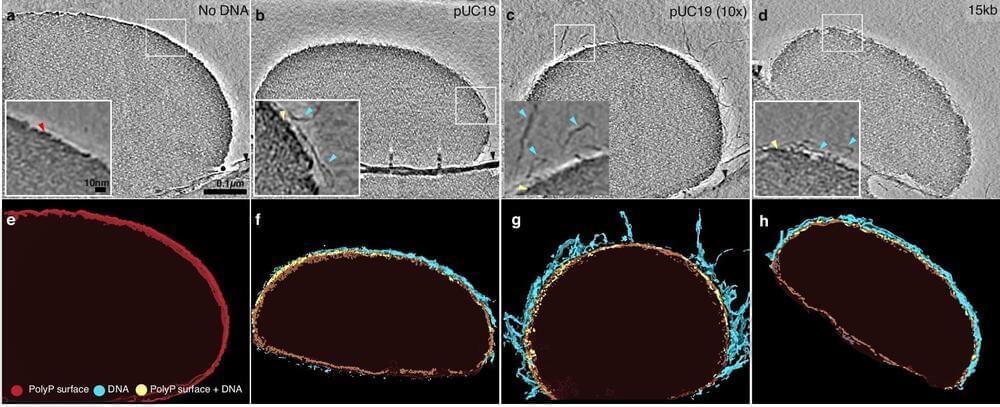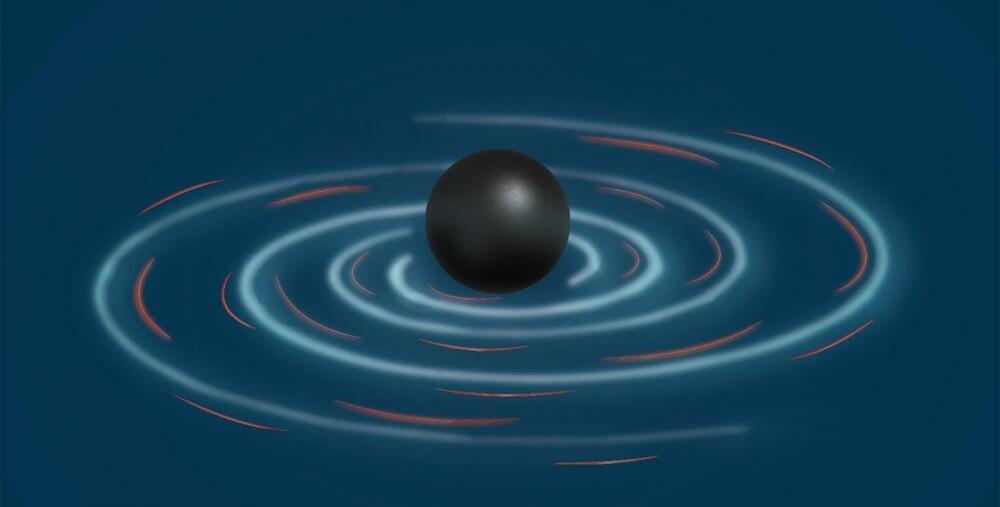LLM models are already capable of diagnosing scientific outputs, but, until now, had no physical agency to actually perform’ experiments.
Tiny, ant-inspired magnetic microbots are capable of scaling obstacles, transporting heavy loads, and redefining medical technology.
The sun released over 50 X-class solar flares in 2024! Here we take a look at some of the best.
The standard medication levodopa does not always work against tremors in Parkinson’s disease, especially in stressful situations. Propranolol, however, does work during stress, providing insight into the role of the stress system in tremors. MRI scans reveal that propranolol directly inhibits activity in the brain circuit that controls tremors. Doctors may consider this medication when levodopa is ineffective.
People with Parkinson’s disease report that tremors worsen during stressful situations. “Tremors act as a sort of barometer for stress; you see this in all people with Parkinson’s,” says neurologist Rick Helmich from Radboud university medical center.
The commonly used drug levodopa usually helps with tremors, but it tends to be less effective during stress, when tremors are often at their worst. Helmich and his team wanted to investigate whether a medication targeting the stress system could help and how this effect of stress on tremors works in the brain. The work is published in the journal Annals of Neurology.
In a discovery that could redefine how we understand cellular resilience and adaptability, scientists at Scripps Research have unlocked the secret interactions between a primordial inorganic polymer of phosphate known as polyphosphate (polyP), and two basic building blocks of life: DNA and the element magnesium. These components formed clusters of tiny liquid droplets–also known as condensates–with flexible and adaptable structures.
PolyP and magnesium are involved in many biological processes. Thus, the findings could lead to new methods for tuning cellular responses, which could have impactful applications in translational medicine.
The ensuing study, published in Nature Communications on October 26, 2024, reveals a delicate “Goldilocks” zone—a specific magnesium concentration range—where DNA wraps around polyP-magnesium ion condensates. Similar to a thin eggshell covering a liquid-like interior, this seemingly simple structure may help cells organize and protect their genetic material.
Researchers from Helmholtz Munich and Ludwig-Maximilians-Universität (LMU) have identified a mechanism that may explain the neurological symptoms of long COVID.
The study shows that the SARS-CoV-2 spike protein remains in the brain’s protective layers, the meninges, and the skull’s bone marrow for up to four years after infection. This persistent presence of the spike protein could trigger chronic inflammation in affected individuals and increase the risk of neurodegenerative diseases.
The team, led by Prof. Ali Ertürk, Director at the Institute for Intelligent Biotechnologies at Helmholtz Munich, also found that mRNA COVID-19 vaccines significantly reduce the accumulation of the spike protein in the brain. However, the persistence of spike protein after infection in the skull and meninges offers a target for new therapeutic strategies.
Venture funding into Europe is heading for a flat year, but this may obfuscate the fact that European AI startups are thriving.
The black hole information paradox has puzzled physicists for decades. New research shows how quantum connections in spacetime itself may resolve the paradox, and in the process leave behind a subtle signature in gravitational waves.
For a long time we thought black holes, as mysterious as they were, didn’t cause any trouble. Information can’t be created or destroyed, but when objects fall below the event horizons, the information they carry with them is forever locked from view. Crucially, it’s not destroyed, just hidden.
But then Stephen Hawking discovered that black holes aren’t entirely black. They emit a small amount of radiation and eventually evaporate, disappearing from the cosmic scene entirely. But that radiation doesn’t carry any information with it, which created the famous paradox: When the black hole dies, where does all its information go?
Astronomers have made a startling discovery. Using data from the eRosita X-ray instrument, researchers say they’ve discovered a “cosmic tunnel” that connects our solar system to other stars.
Scientists have long known that our solar system exists in a Local Hot Bubble. This bubble is believed to have formed following several supernovas over the past several million years and is estimated to be around 300 light-years across.
Using data from the eRosita, researchers from the Max Planck Institute say they found evidence of a cosmic tunnel stretching from our solar system out toward the Centaurus constellation. The tunnel appears to move through the material that makes up the Local Hot Bubble.
The University of Liverpool has created a hybrid nanoreactor that uses sunlight to produce hydrogen efficiently, offering a sustainable and cost-effective alternative to traditional photocatalysts.
The University of Liverpool has announced a major breakthrough in engineering biology and clean energy. Researchers have developed a groundbreaking light-powered hybrid nanoreactor that combines the natural efficiency of biological processes with the precision of synthetic design to produce hydrogen, a clean and renewable energy source.
Detailed in ACS Catalysis, the study introduces an innovative solution to a longstanding challenge in solar energy utilization for fuel production. While nature’s photosynthesis systems excel at harnessing sunlight, artificial systems have historically fallen short. This new approach to artificial photocatalysis represents a significant step forward in bridging that performance gap.









